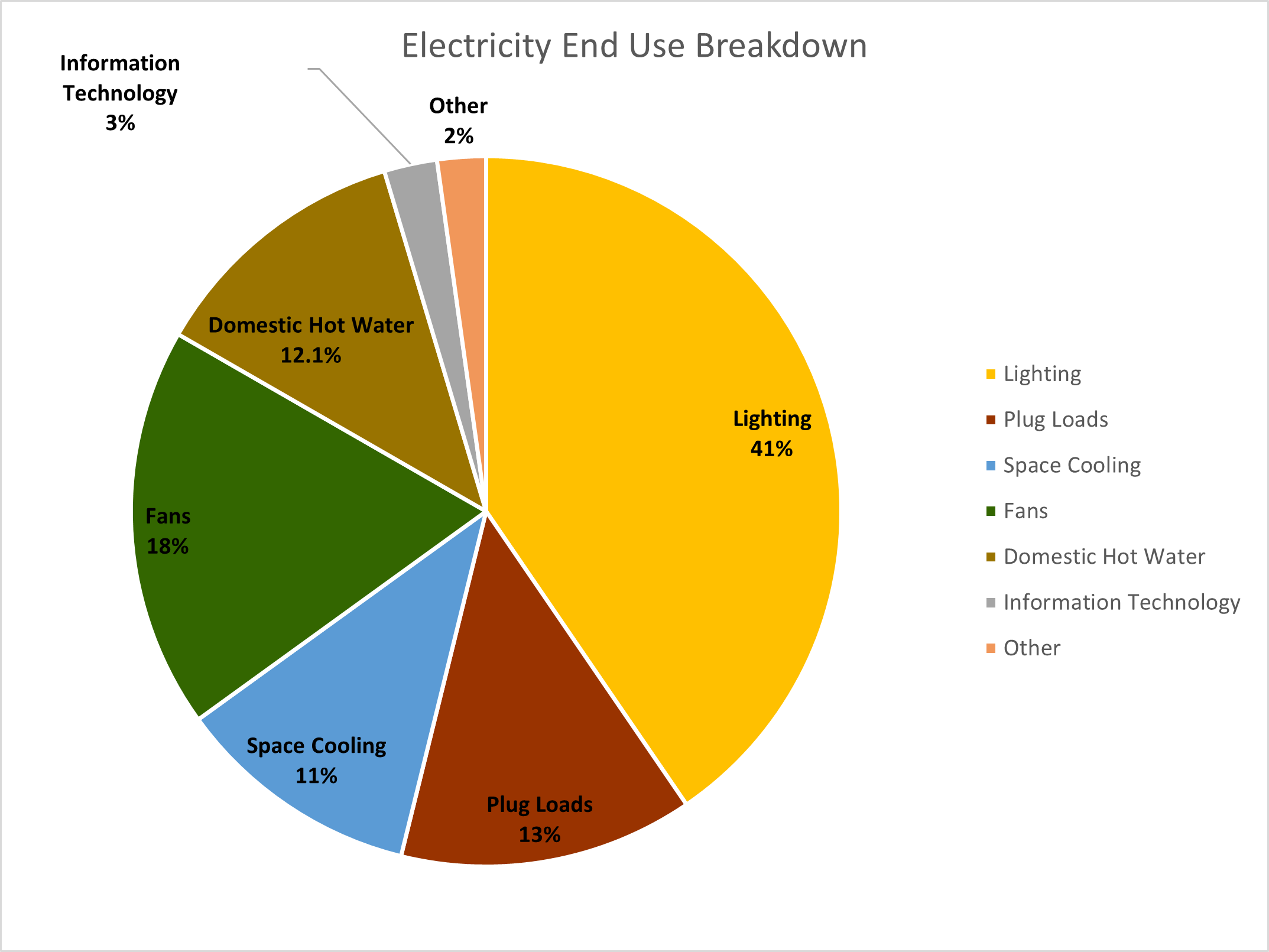We are in the midst of completing a large number of building energy assessments for buildings across Vermont, and while the specifics can change a bit, the process is pretty similar for all the buildings. In broad strokes there are three steps: initial data collection and review, site visit and interview, and analysis and reporting. These assessments have been a modified version of the ASHRAE Level 2 assessment, and this overview is somewhat specific to that level of analysis.
5 min read
An Overview of a Building Energy Assessment
By Liza Boyle on Jul 10, 2024 10:30:00 AM
Topics: Building Data Energy Audit Building Envelope Building Enclosure Energy Assessment Building Systems
4 min read
Forgoing Band-Aids: Approaching and Fixing Building Issues Holistically
By Daniel Tuhus-Dubrow on Jun 28, 2022 10:43:00 AM
June 2022 update: Given the current supply chain and labor shortages the construction industry is facing in 2022, looking after your building's existing systems becomes even more important. With equipment delivery for major systems sometimes many months away, retrocommissioning your existing systems can help tune them up to keep them in tip-top shape to get more usable -- and efficient -- life out of them.
When people ask me what I do for work, I generally tell them I’m a building systems engineer, with a big focus on making facilities more energy efficient and comfortable for occupants. One common part of my job entails going to a building to perform an energy audit or assessment. During these visits, we follow the same straightforward outline:
- Walk through the site
- Inventory all energy-related equipment including lighting, mechanical systems, building envelope, etc.
- Speak with the building operator about how they run the building
- Ask the building owner, occupants, and operator about and any issues or concerns they have regarding maintenance, equipment that is not working properly, or comfort problems.
Topics: Energy Efficiency Building Performance & Technology retrocommissioning Energy Management Existing Building problem solving Energy Planning energy monitoring & solutions Energy Audit
3 min read
A New Metric for 21st Century Buildings: The Carbon Emissions Intensity (CEI)
By Jennifer Chiodo on Sep 25, 2019 10:00:00 AM
As you know, Cx Associates’ work focuses on making buildings perform better for occupants, operators, owners, and for the planet. A common metric we use to assess building performance is the energy use intensity (EUI) which Katie has discussed in her recent blog posts. While attending the recent IEPEC Conference in Denver, I had a discussion with someone familiar with Xcel Energy’s work to be a net zero carbon utility in the relatively near future. We realized that EUI is an insufficient metric for guiding energy program investments at their customer sites. Ultimately, to drive carbon emissions down to a sustainable level that will halt and begin to reverse the climate crisis we are currently in, we need to track energy intensity while also focusing on carbon emissions intensity (CEI) at a building level. Cities and states that have adopted carbon reduction goals will do well to focus on reducing the CEI of their building stock through energy efficiency, fuel switching, and renewable energy generation.
Topics: Sustainability Green Building Energy Efficiency Building Performance & Technology renewable Energy Management Existing Building portfolio benchmarking Program Consulting Energy Planning energy monitoring & solutions Energy Audit energy efficiency program M&V
3 min read
Benchmarking and Beyond
By Katie Mason on Aug 23, 2019 10:00:00 AM
In a previous blog post, I discussed the energy benchmarking service we currently perform for a healthcare network using the Energy Star Portfolio Manager (ESPM) tool. This tool is used to monitor the energy usage of a building over time. It allows a user to set energy goals, compare the overall energy use intensity (EUI) to a baseline year, and compare the building in question to other buildings with similar use-types and characteristics. In addition to continuing this specific service for the healthcare network, Cx Associates uses the benefits of benchmarking in other areas of our work too. This blog post will discuss what other areas of our work utilize benchmarking and then provide a brief update on changes ESPM has made to their scoring metrics over the past year.




